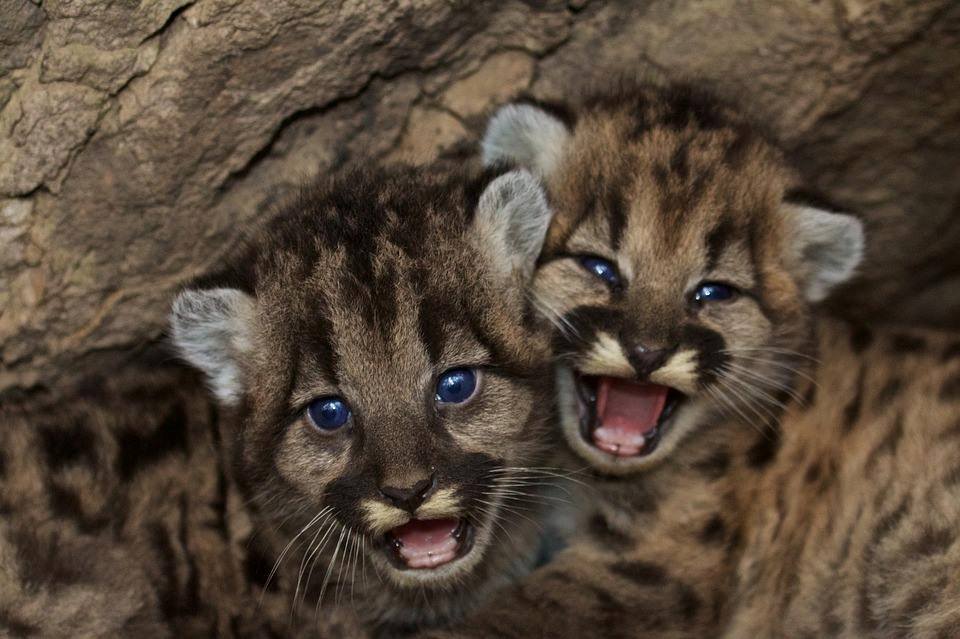SANTA MONICA—A litter of four mountain lion cubs were found on June 11 near the Santa Susana Field Laboratory site in the Simi Hills of the Santa Monica Mountains. The National Park Service indicated in a press release that all the cubs are female and have been tagged with tracking devices for future observation. The National Park Service often tags and tracks mountain lions in the area to better understand their survival and movement in an urban adjacent environment.
Jeff Sikich, a National Park Service biologist involved with the Santa Monica Mountains National Recreation Area, noticed that one of the cougars they were tracking (P-62) was limiting her movements. Suspecting she might be about to give birth, they observed her closely. After the mother gave birth to her second litter, Sikich and a team of biologists tracked down the cubs to get a closer look.
“This is the first litter we have marked at the den in the Simi Hills, which happens to be a critical habitat linkage between the Santa Monica Mountains and larger natural areas to the north,” Sikich said in a statement.
The den of cubs was located in the Simi Hills section of the Santa Monica Mountains, wedged between the 101 and 118 freeways. Most large cats are unable to survive crossing the freeway due to the traffic.
There are only 10 to 15mountain lions still living within Los Angeles County. The region has seen 17 cougars fatally struck on a freeway or canyon road since 2002. Caltrans suggested building a wildlife bridge in Agoura Hills across the 101 freeway that would allow animals to roam their territory without having to cross the freeway.
Seth Riley, a wildlife ecologist for Santa Monica Mountains National Recreation Area, had this to say about the wildlife bridge: “We’re working on it, but it’s an expensive proposition.”
“No one has ever put a wildlife overpass over a freeway that was this big and busy,” Riley added.
“The goal of our [mountain lion] research is to try and better understand how these animals are making it in this urban landscape and to identify issues threatening their survival so we can address those issues,” said Riley.






